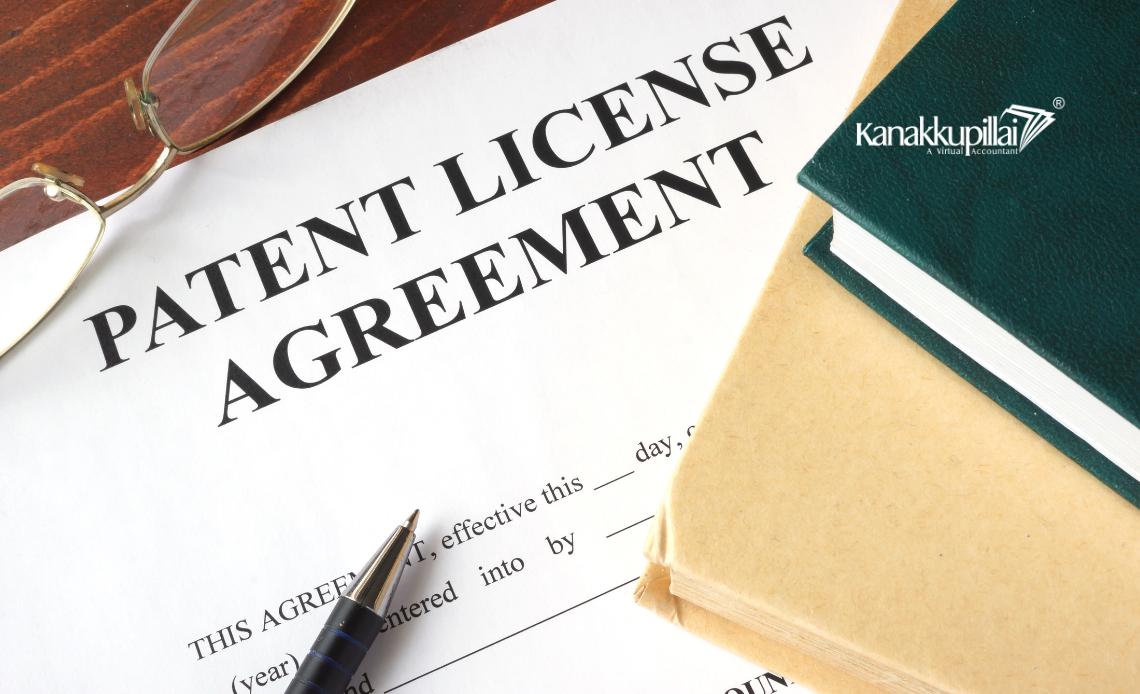A patent is a legal entitlement given to an inventor that protects their creation or idea against illegal use by others. Usually, after extensive research on the innovation, a government body grants this legal protection. The patent registration process consists of a certain method guaranteeing the invention is unique, non-obvious, and satisfies other legal criteria. For creators and innovators trying to protect their intellectual property, knowing this process is very vital.
Procedure of Patent Registration
Step 1: Find out if I Can Get a Patent
The idea must be new, not clear, and not already covered in order to be patented. This step includes finishing a thorough search to ensure the idea is unique and has business value. A patentability check is needed to make sure that the idea can be covered by a patent.
Step 2: Look for Patents
A patent search is an important part of the process of getting a patent. It includes checking current patents to find similar ideas and ensure the creation is unique. This step helps determine whether the idea is covered and whether there are any current patents that might disagree with the new creation.
Step 3: Draft Patent Application
The next step includes writing a patent application. This includes writing a full account of the idea, including pictures and sketches to help explain the creation. The application must stress the key features and innovations of the idea to ensure it is fully described.
Step 4: File Patent Application
After writing the patent application, it must be filed with the patent office along with the necessary fees. The application can be made either online or physically, based on the needs of the patent office. Upon filing, the candidate must wait for the patent office to review the application. During this time, the application may be released in the patent magazine, depending on the region and the applicant’s wants.
Step 5: Patent Office Review
Once the patent application is filed, it gets a thorough review by the patent office. The inspector studies the application to ensure it meets the patentability standards, including innovation, non-obviousness, and economic value. The reviewer may conduct a prior art search to find any relevant prior art that may affect the patentability of the idea. If the reviewer sees any problems with the application, they will give an office action describing the complaints and refuse. The candidate must respond to the office action within the stated time window to address the problems made by the inspector.
Step 6: Respond to Office Action
If the patent office issues an office action, the candidate must address the problems raised and make proper changes to the application. The candidate must then resubmit the application for further review.
Step 7: Patent Grant
Should the patent office give approval after the examination procedure, the applicant receives a patent. The certificate the patent holder gets acts as evidence of their exclusive rights to the innovation. Usually covering 20 years from the filing date, the patent gives the proprietor the right to prevent others from creating, using, selling, or importing the patented innovation. The awarded patent is recorded in the patent journal, so the innovation is now legally protected.
Conclusion
The complicated patent process calls for meticulous attention to detail. These guidelines will help you to guarantee appropriate protection for your idea. Every stage of the patent registration process—from deciding patentability to reacting to office actions—is vital. Knowing and following these guidelines will help you to properly defend your innovation and intellectual property.





